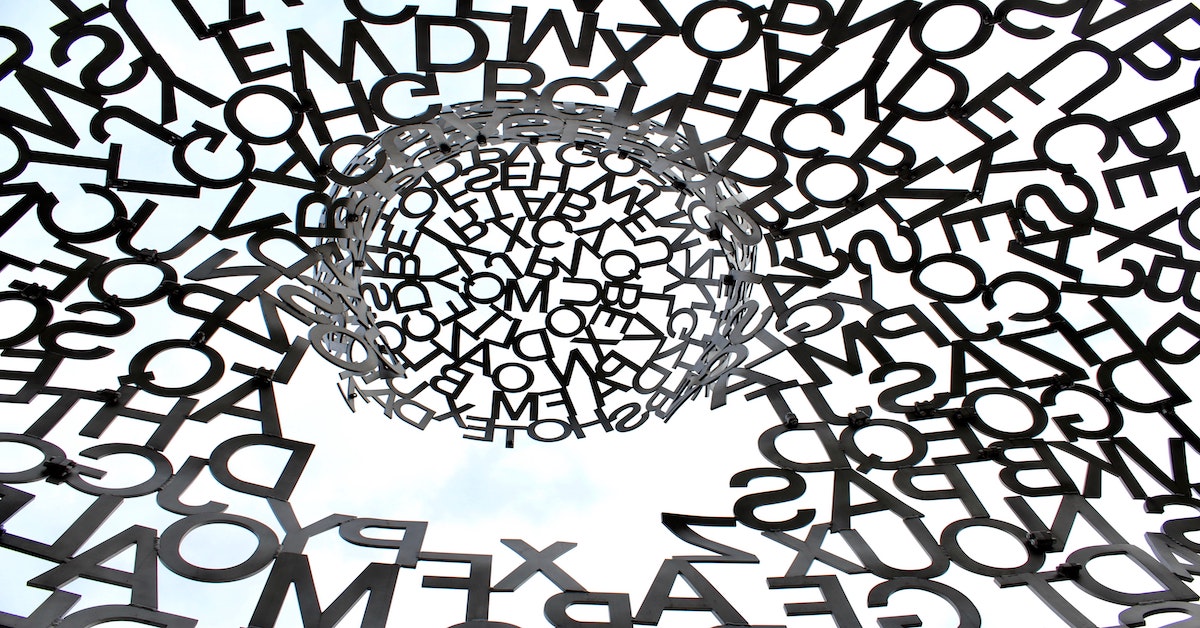I recently read The Dyslexic Advantage by Brock and Fernette Eide. I found it captivating and have already recommended it to many friends. Why? This book looks at a neurodivergent condition – dyslexia – from a whole person perspective. It explores dyslexic experiences and, without minimizing the challenges, celebrates the many strengths of dyslexic brains:
“A final point to remember about language development in individuals with dyslexia – and especially those with prominent M-strengths – is that their language is simply developing along a different pathway than that followed by their non-dyslexic peers. The brain systems that help “translate” non-verbal ideas into words are some of the latest-developing parts of the brain. For many children and adolescents with dyslexia, difficulty putting complex ideas into words is a normal feature of development and one that diminishes with maturity. That’s why their progress must be judged by its own standards, rather than by standards that apply to the non-dyslexic population. Focusing too much on their challenges can make us overlook their special strengths…”
The Dyslexic Advantage by Brock L. Eide M.D., M.A. and Fernette F. Eide M.D. (page 66)
Learning in Their Own Time
Brilliant! We need more discussions like these. Children of all varieties, not just dyslexics, are developing along their own trajectories. Their brains are developing different skills at different times.
We accept this for adults, so why is it so hard to accept it for children?
All children deserve the time and space to grow at their own rate. They need caring adults in their lives who will celebrate their strengths while gently scaffolding their challenge areas.
After all, we don’t lament when a one-year-old is a precocious talker, but is later to walk. We accept that there is variation in development among toddlers. So why do we expect older children to all develop the same skills, at the same time?
The Eides beautifully make the case for celebrating the dyslexic mind. They note “dyslexia isn’t simply a reading impairment, but is a reflection of a different pattern of brain organization and information processing that creates strengths as well as weaknesses” (p. 172).
Stealth Dyslexia
In fact, they so eloquently explore the patterns of dyslexic thinking, that I was able to recognize them in one of my own children – who had been previously diagnosed as dysgraphic, but who has been an avid and “advanced” reader (as measured by grade level testing) from the age of 6. This child clearly demonstrates the MIND (Material, Interconnected, Narrative, and Dynamic) strengths the Eides lay out.
Because of this book, I can now see how some of his strengths and challenges are related to a dyslexic style of thinking. For example, he is a big-picture thinker who has incredible problem solving abilities but often struggles with fine details. Like many dyslexics, he has strong spatial abilities and can make interesting and unusual connections. While he has always had a strong preference for graphic novels, he can read fluidly out loud and often peruses technical and scientific books. His giftedness masked his challenges with reading. His strengths, rather than his weaknesses, helped me to identify his dyslexic style brain.
Further testing did in fact reveal him to be a “stealth” dyslexic, which was an important discovery for us. Because he is so adept at finding his own workarounds, and we live a learning lifestyle that can accommodate his unique developmental path, we aren’t immediately jumping into dyslexia tutoring. This is a complicated gifted child who can read fluently, but who experiences a disconnect between certain reading skills and his generally high intellectual ability. I do believe the self-knowledge of both the strengths and challenges of a dyslexic brain will be very important for him, and I’m grateful to have The Dyslexic Advantage as my guide.

The Connection Between Neurodivergence and Creativity
I also loved the connection the Eides make between a “leaky attentional system” and creativity:
…tight mental focus and attention can inhibit creative connections. Think back to our discussion in chapter 12 of latent inhibition, where we mentioned that tight focus and resistance to distraction are inversely correlated with creative achievement. In contrast, making distant, creative, insightful connections may be fostered by a slightly leaky attentional system, which allows ideas to mix. Childhood may be the time in life above all others when nature favors us with the capacity to make creative and insightful connections” – p. 154
This called to mind what we call “ADHD” – an interest-based neurobiology that can also be a powerful creative driving force. There’s a strong analogy here between dyslexia as “just a reading impairment,” while ADHD is “just a leaky attentional system.” There is so much more to uncover here!
Even for those who do not have an obviously dyslexic person in their lives, I strongly recommend this book as a way to reexamine what you think you know about a neurodivergent trait!
Eide, B., & Eide, F. (2011). The dyslexic advantage: unlocking the hidden potential of the dyslexic brain. New York: Hudson Street Press.
